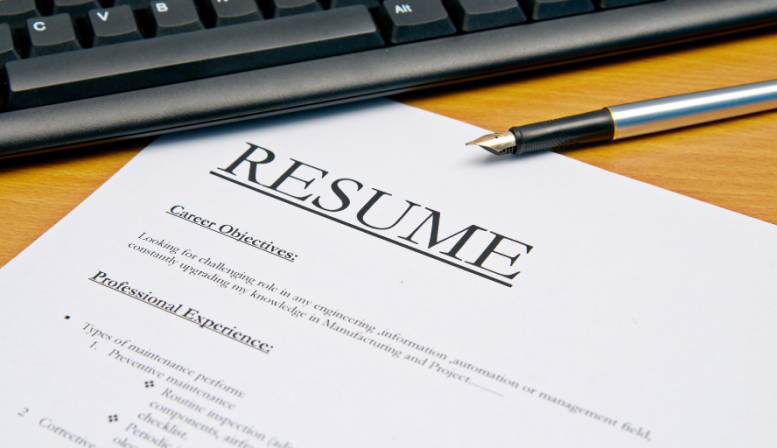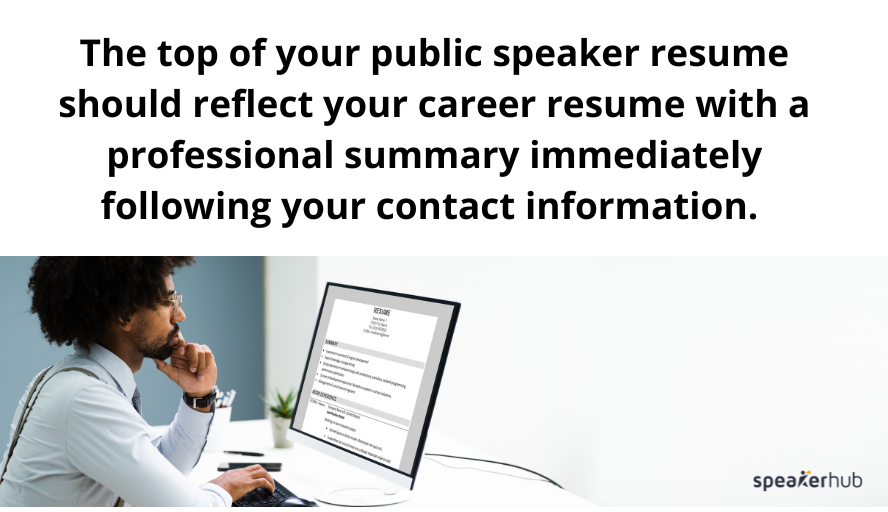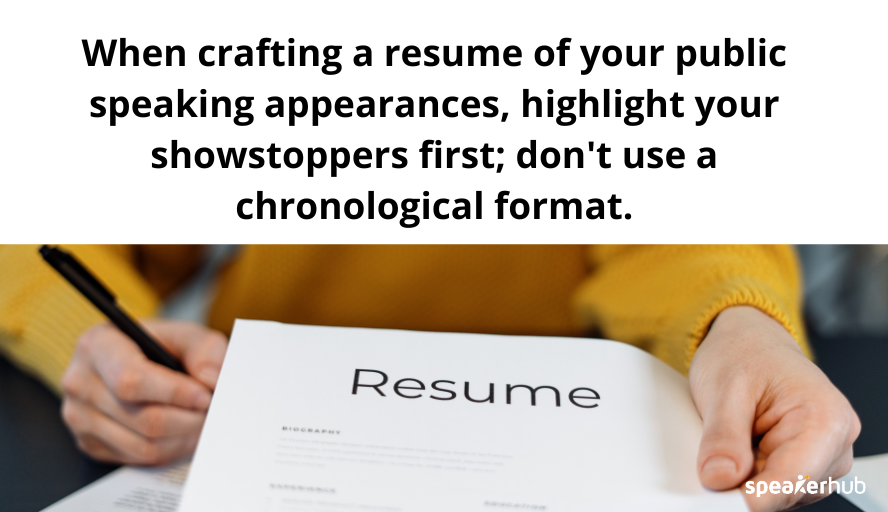How to Craft a Great Public Speaker Resume: Ultimate Tips & Writing Advice

Crafting a resume can be a challenging process. Some roles have added complexities and nuances that exacerbate those challenges and create confusion. Capturing your skills as a public speaker in a written format is a prime example.
If you find the process daunting, consider enlisting the services of a professional resume writing service to ensure your qualifications shine through effectively. These services are specifically designed to craft resumes that make you stand out in the competitive job market. They have the expertise to highlight your public speaking skills and experience, increasing your chances of landing your dream role.
Your resume often acts as a first impression for key decision-makers in an organization. Here are some practical tips and writing advice for making a great public speaker resume.
Start with a Professional Summary

The top of your public speaker resume should reflect your career resume with a professional summary immediately following your contact information. A professional summary is a brief overview of your experience with career highlights.
Your professional summary should note your work background and notable accomplishments. It should also list some of your noteworthy public speaking engagements. The goal is to showcase your experience with public speaking and create a hook that encourages the reader to keep reading— similar to starting with a compelling hook when speaking.
Lead with Notable Public Appearances
The next section of a great public speaker resume looks different from a career resume. This section should outline your public speaking experiences. It's often difficult to figure out how to quantify this on your resume for public speaking, but there are a few key metrics to include:
-
The organization or event
-
The location(s)
-
The date(s)
-
The subject
-
The audience size
-
The objective
-
The timespan or length of engagement
Quantifying your experience provides context for key decision-makers reviewing your resume. Rather than simply saying you spoke in front of an audience many times, an entry would look like this:
XYZ Convention
Anaheim, California, October 16, 2018
"Challenges in the 9-5 Workplace Environment"
-
Wrote and delivered a 15-minute speech to 1,000 corporate convention attendees.

If you're conducting training seminars or have recurring roles with an organization, you can expand upon your technical and delivery skills. When crafting a resume of your public speaking appearances, highlight your showstoppers first; don't use a chronological format.
Add Professional Experience
Many professionals start engaging in public speaking experiences to build on their professional experience. As such, including details of your professional background is worthwhile. This section is a must when applying for a full-time public speaking role (i.e., a training consultant).
Include your relevant professional experience dating back no further than ten years. It's not necessary to go deep into the details if you're applying to be a speaker at an event. Include the company, job title, dates, and a brief summary of your role.
Add Relevant Educational Experience
Adding your educational background can also provide context for your experience and expertise. The educational component features early in an entry-level job resume. However, it should come after the speaking and employment experience section in public speaking or executive level resumes.
You can also include continuing education or skills development courses in this section. For example, if you're an Accredited Speaker with Toastmasters International, this would be the place to highlight that achievement.
Include Relevant Soft and Technical Skills
Presenting to an audience isn't just about your talking skills; it's about all the moving parts that go into a great speech. Include bullet points to outline relevant soft and technical skills that contribute to your presentations.
Technical skills would include things like speech-writing, PowerPoint or Google Slides proficiency, AV set-up skills, etc. Soft skills could include things like the ability to read an audience and adapt, engaging the audience to encourage participation, or the ability to articulate complex ideas in simple terms.
Incorporate Keywords
Modern applications aren't always viewed by a human first. Many companies and organizations use AI candidate screening programs to cull applications and minimize human resource requirements. In other words, your application may be viewed by a robot before it's passed on to a decision-maker (or rejected straight out).
AI programs work by reviewing the application for relevant keywords. Some keywords to consider for a public speaking resume include:
-
Presentation skills
-
Communication
-
Engaging or Engagement
-
Leadership
-
Public Speaking
-
Seminars
-
Conventions
-
Audience
-
Research
-
Participation
-
Corporate events
-
Corporate training
-
Lecturer
-
Motivational
Don't use "keyword stuffing" to try and get past an AI screening program. This strategy may trick the system, but it quickly becomes apparent when a human gets their hands on your resume. Instead, incorporate these keywords as naturally as appropriate.
You can determine which words are most likely to be screened by reading the application guidelines or job post. AI programs typically look for words that are featured in the original post.
Add Social Media and Video Links

The best way to showcase your skills as a public speaker is through video. Most application requests or job postings will ask for a video example of your speaking skills. Others will run a search on Google or other social media to validate your claims.
If you save your resume as a PDF, you can also add clickable links to streamline the process. This strategy is a great way to stand out from the competition. Add hyperlinks to videos of your notable speaking presentations and relevant social media icons. In addition to verifying your claims and making it easier for recruiters, these features show that you have nothing to hide. Communicate these features in your cover letter or email so the recipient knows to click through.
Translating public speaking skills into a written document doesn't have to be difficult. Keep this advice in mind the next time you apply for a speaking role.



